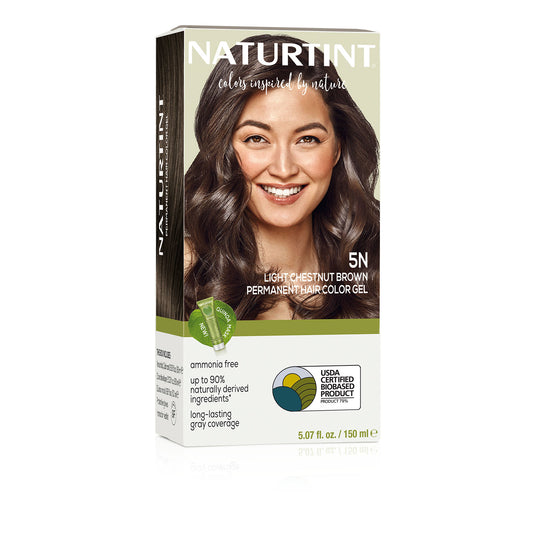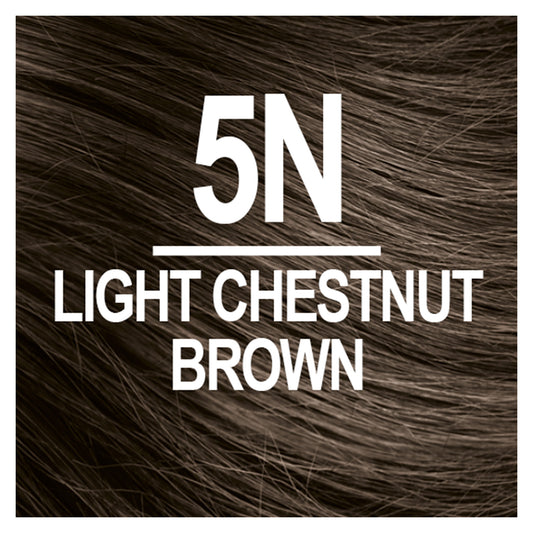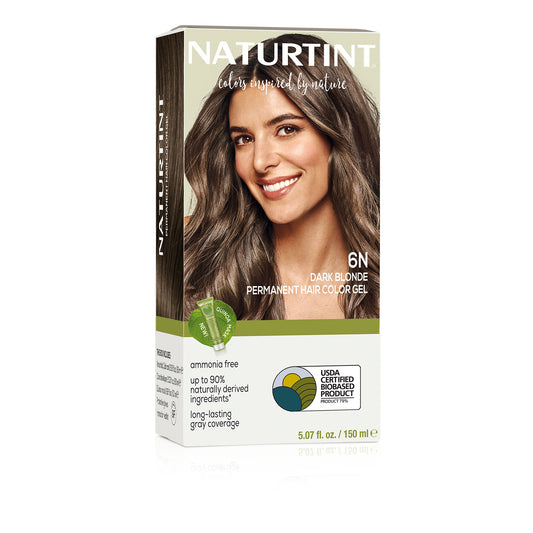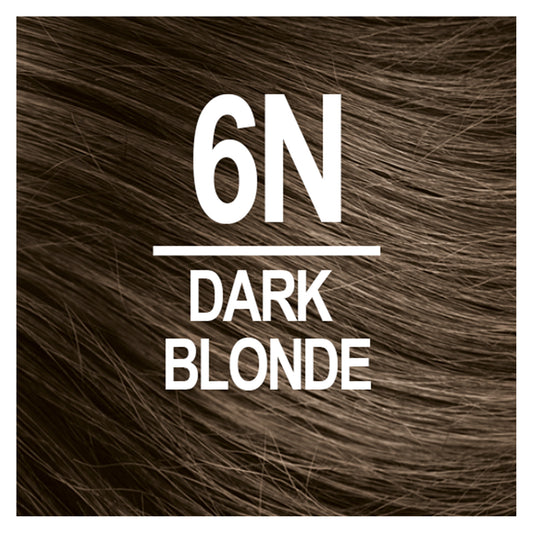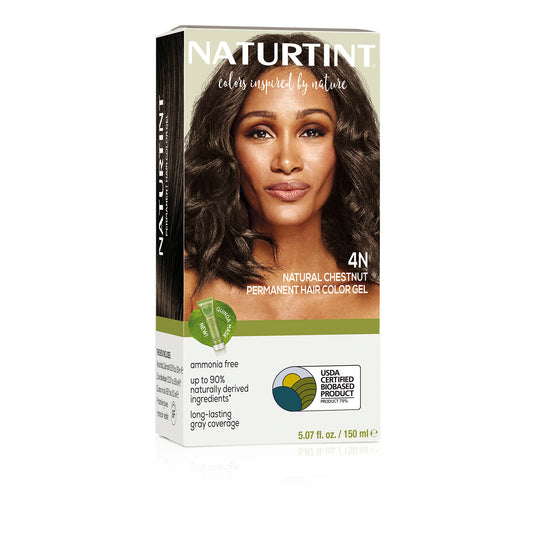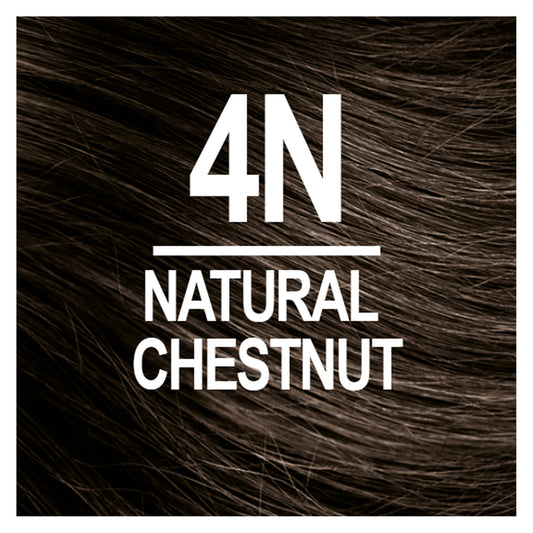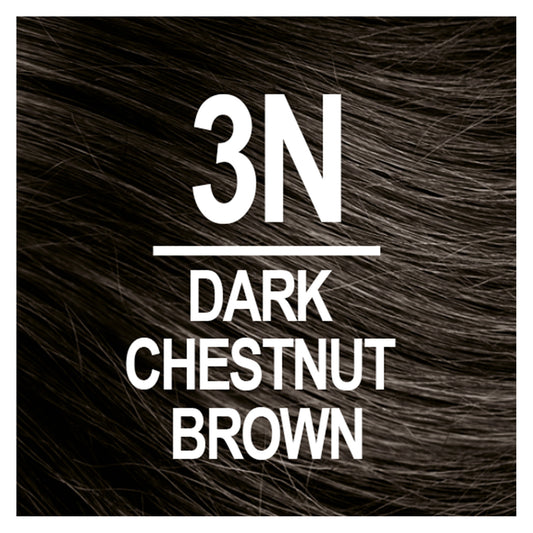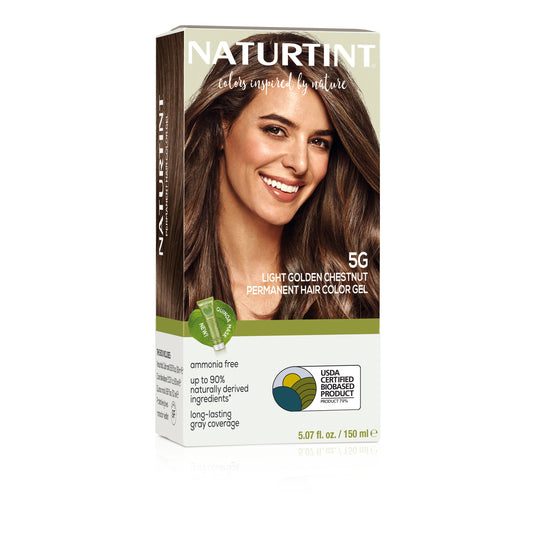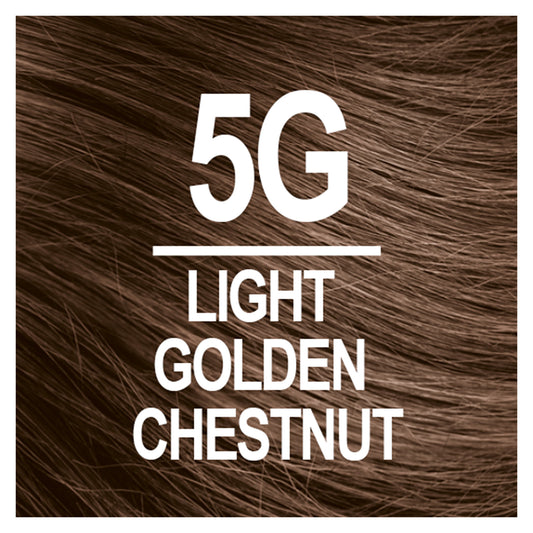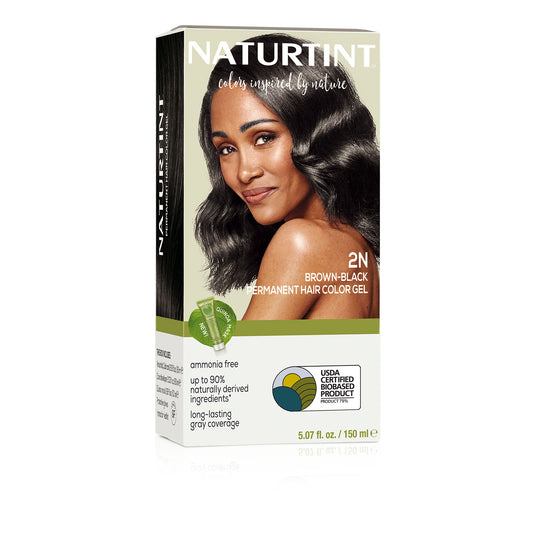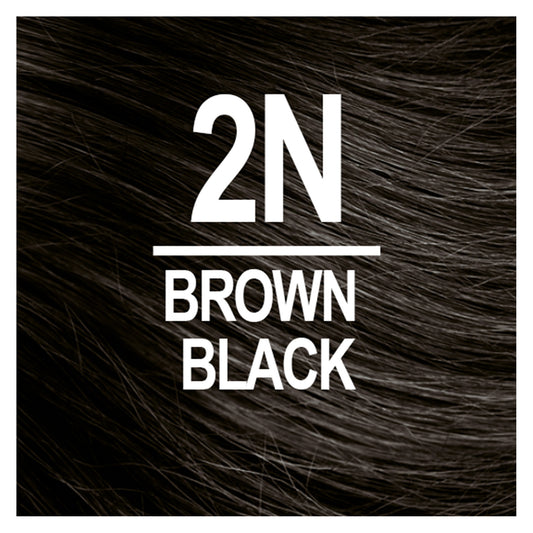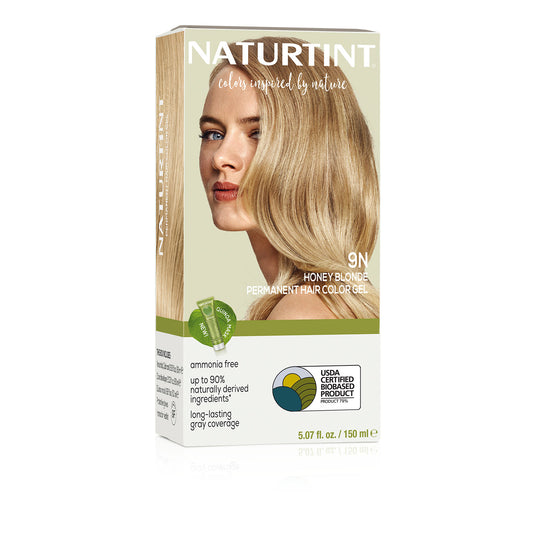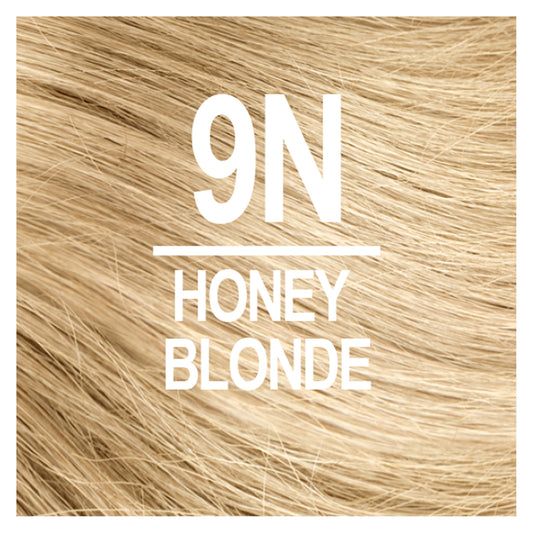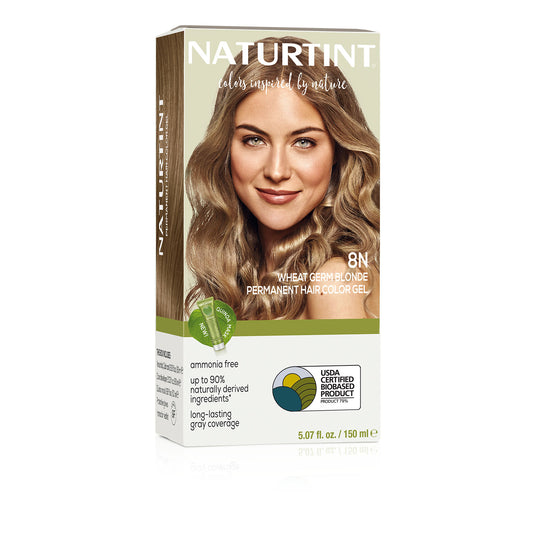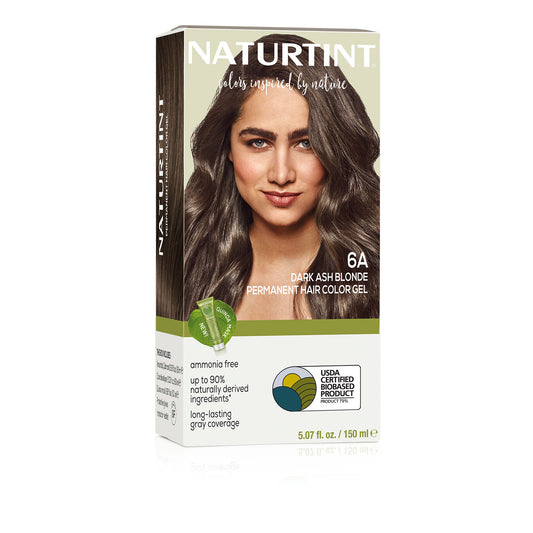Are you blessed with hair that happens to frizz out in humidity? Does it seem like no matter how much conditioner you use, your hair still feels dry? Your hair porosity level just might be the culprit!
Depending on whether you have high, normal, or low porosity, your hair will respond differently to everyday situations. (Wondering what hair porosity means? Check out The Basic Science of Hair Color post)!
Read below for three common porosity myths (and learn why they’re wrong):
Myth #1: The Higher the Porosity, the Better.
If you haven’t heard much about hair porosity, you might think that high porosity is better than normal or low porosity, but that’s not the case.
high porosity means. . .
- Your hair’s cuticle is damaged and riddled with microscopic holes.
- Your hair absorbs water quickly—but loses this moisture just as fast.
- Humidity makes your hair frizz. Dry weather dehydrates it.
- Dark hair color is more easily absorbed during application and usually needs to be washed out earlier than the suggested time for more accurate color results. Because the cuticles are more open, the color may fade faster as well.
low porosity means. . .
- Your hair’s cuticle is tightly “closed.”
- Your hair doesn’t absorb water easily. Deep conditioning may be necessary to hydrate it.
- When it does penetrate the cuticle, moisture stays locked inside.
- While not as healthy as normal porosity, low porosity is better than high.
- Hair may take longer to absorb hair color since it is more resistant to color penetration.
normal (medium) porosity means. . .
- You have the most low-maintenance hair type.
- Your hair has the perfect balance of moisture.
- When coloring your hair, you shouldn’t need to alter from the standard process at all.
Normal levels of porosity are best to keep your hair at its healthiest.
Myth #2: Products are the Culprits for Porosity Problems.
The truth is, you may simply have hair that’s genetically more prone to high porosity.
While certain harsh chemical products could be to blame, there could be other factors damaging your hair. Excessive time in the sun or swimming in saltwater can cause problems for your cuticles. Next time you visit the beach, apply sun protection products for hair before you go, or wear a hat.
Harsh or rough brushing could also be to blame. When using high-heat styling tools (dryer, straightener, etc.), be sure to brush or comb gently to avoid causing unintentional damage to your hair.
Myth #3: My Hair Will Never Change!
Hair porosity is partly affected by genetics, but it also fluctuates depending on how your hair is treated.
Avoid color treatments or any chemical process that use ammonia and other damaging chemicals. Limit how often you use high heat styling tools, and make sure you are using a conditioner that works just right for your hair type.
Remember that your hair is also affected by your age as well as hormone levels. So, your hair’s porosity will never stay the same.
Loving Your Hair
Giving your hair the care it needs starts with knowing it well. Our color specialists are available to help you achieve your ideal color depending on your hair type. You can also check out our 3 Tips for Flaunt-Worthy Spring Hair on how to manage porosity.



